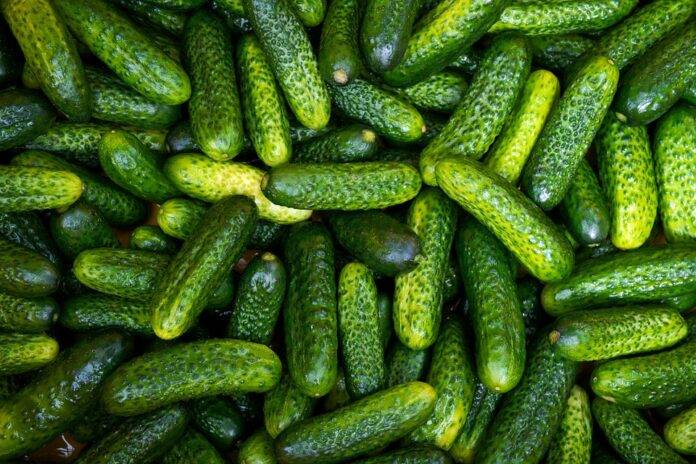Introduction
Gherkin farming is a popular agricultural practice worldwide due to the high demand for pickles in the food industry. Farmers have the option to choose between organic and conventional farming methods when growing gherkins. In this report, we will analyze the profitability of both organic and conventional gherkin farming models to determine which one is more lucrative for farmers.
Organic Gherkin Farming
Organic gherkin farming involves growing gherkins without the use of synthetic pesticides, herbicides, or fertilizers. Instead, organic farmers rely on natural methods such as crop rotation, composting, and biological pest control to maintain soil fertility and manage pests.
Organic farming is gaining popularity due to consumer demand for healthier and environmentally friendly products. Organic gherkins typically command a higher price in the market compared to conventionally grown gherkins. According to the USDA, organic gherkins can sell for 20-30% more than their conventional counterparts.
However, organic farming requires more labor and management compared to conventional farming. Organic farmers need to invest in organic certification, which can be costly. Additionally, organic gherkin yields are generally lower than conventional yields due to the lack of synthetic inputs.
Conventional Gherkin Farming
Conventional gherkin farming involves the use of synthetic pesticides, herbicides, and fertilizers to maximize yields and minimize pest damage. Conventional farmers have access to a wide range of chemicals that can help control pests and weeds effectively.
Conventional farming is often more mechanized and less labor-intensive than organic farming. Conventional farmers can achieve higher gherkin yields per acre compared to organic farmers due to the use of synthetic inputs.
However, conventional farming practices can have negative environmental impacts, such as soil erosion, water pollution, and biodiversity loss. Consumers are becoming increasingly aware of these issues and are seeking out organic gherkins as a more sustainable alternative.
Profitability Comparison
To compare the profitability of organic and conventional gherkin farming, let’s consider a hypothetical scenario.
Assuming both organic and conventional gherkin farmers have the same initial investment and acreage, the conventional farmer may achieve higher yields and lower production costs due to the use of synthetic inputs. However, the organic farmer can sell their gherkins at a premium price in the market, offsetting the lower yields.
In the long run, organic farming may prove to be more profitable as consumer demand for organic gherkins continues to grow. Additionally, organic farming practices can improve soil health and biodiversity, leading to sustainable farming practices that benefit both the environment and the farmer.
Conclusion
In conclusion, both organic and conventional gherkin farming models have their advantages and disadvantages in terms of profitability. While conventional farming may offer higher yields and lower production costs, organic farming can command higher prices in the market and appeal to environmentally conscious consumers.
Ultimately, the choice between organic and conventional gherkin farming depends on the farmer’s priorities and values. For farmers looking to maximize profits in the short term, conventional farming may be the preferred option. However, for farmers seeking to adopt sustainable practices and capitalize on growing consumer demand for organic products, organic farming may prove to be the more profitable choice in the long run.



